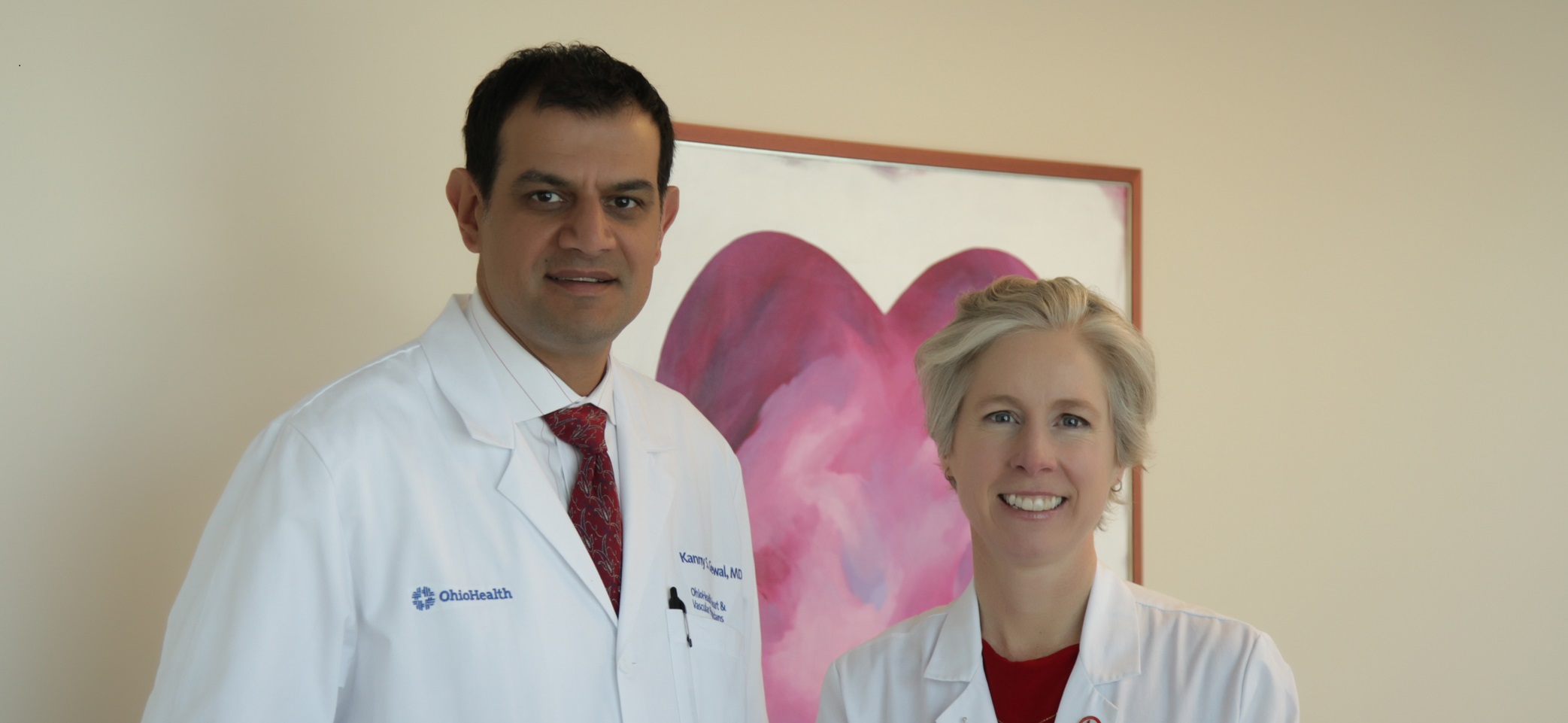 In a short time Ohioans have learned about social distancing to flatten the curve-from schedule changes, event cancellation/reschedule, and even changes with regular medical care. The CapCity Half – a favorite event supported by OhioHealth has been canceled for April, rescheduled to August. Fortunately, these efforts appear to be limiting spread/reducing high numbers of people becoming severely ill with Covid19.
In a short time Ohioans have learned about social distancing to flatten the curve-from schedule changes, event cancellation/reschedule, and even changes with regular medical care. The CapCity Half – a favorite event supported by OhioHealth has been canceled for April, rescheduled to August. Fortunately, these efforts appear to be limiting spread/reducing high numbers of people becoming severely ill with Covid19.
The goal of flattening the curve is to avoid overwhelming the health care system-so that if an emergency happens, patients can get treatment. Unfortunately in a pandemic, despite many cancellations, heart and vascular disease are not canceled. Heart attack and stroke still happen.
What are signs/symptoms of a heart or vascular emergency?
A person’s appearance – pale, sweaty, difficulty breathing, visibly uncomfortable, fainting- can be signs of heart attack. Pay attention to family members and neighbors and call 911 if concerning signs.
Don’t ignore symptoms especially chest pain, back, jaw, or shoulder pain, shortness of breath, dizzy/lightheaded, heart racing or palpitations, severe leg swelling, fatigue, even nausea and vomiting some or all of which can be symptoms of a heart attack.
For stroke remember FAST – Face drooping, Arm weakness, Speech change, Time to call 911.
What if someone has new symptoms but not so severe? What about non-emergency care? It is not cancelled ~ elective surgeries and procedures and tests are closely reviewed and timing determined in balance with the pandemic but non-emergency healthcare is important.
Routine healthcare via tele visit or video visit or even a phone call to a nurse are not cancelled. Keep a log if you are aware of a change or new symptom, write down questions if you wonder about a medication.
Tele ~ Greek for distant ~ medicine offers a way to connect and consult with health care professionals via telephone and video visits.
To respond to our patients, in a short time the clinicians and teams at OhioHealth have launched even more widespread tele health and video appointments for patients to touch base, evaluate symptoms, and allow for evaluation of and follow up for heart and vascular conditions. Elective or routine testing and heart checks will be rescheduled – we are all working to keep patients heart healthy by keeping the timing of routine checks flexible.
Bottom line: focusing on heart health is not cancelled even in a time of social distancing and working to flatten the curve ~
How can you Social Distance and stay heart healthy? What’s important from a heart and vascular standpoint?
Here are 5 tips for Heart Health –
1) Take medications as prescribed; be sure to keep adequate supply – pharmacies are deemed essential and will be open. Keep a regular schedule while social distancing – especially with medications but also with food, rest, physical activity a schedule helps structure your time.
2) Stay physically active – the ultimate way to multitask for your heart and circulation, physical activity such as taking a walk in the home or socially distant outside, standing up and sitting back down in a chair, light stretching, running, lifting weights – helps manage stress, keeps immunity strong, lowers BP and cholesterol ; it’s an amazing way to help your heart. Physical activity doesn’t have to be perfect – remember that 10-15 minutes twice a day most days of the week meets current recommended guidelines for physical activity. Learn about and give meditation a try. Meditation can help with biofeedback and stress management, lowers blood pressure, and has been shown to help heart health.
3) What are you eating? Are you experimenting with whatever remains in the pantry? Heart healthy eating hasn’t been cancelled – choose fresh foods as able, vegetables, whole grains, nuts, and avoid processed foods. Keep portions in check.
4) Are you sleeping? Good sleep habits help heart health from preventing arrhythmia to helping blood pressure stay at goal.
5) Collect data to discuss with your team. Track home blood pressure, heart rate, weight depending if managing heart conditions such as hypertension, arrhythmia (for example atrial fibrillation) or heart failure.
StayHome Ohio but don’t ignore an emergency.

 study released this month is attempting to clarify this link, since it is one of the largest studies ever conducted on dietary fats and overall long-term health risk. It was performed by the well-respected Harvard School of Public Health, and used a database of over 126,000 men and women followed for 32 years. These were healthcare workers who are in good health, and the dietary habits were followed closely with detailed questionnaires. Their rates of death over 32 years were then tracked carefully.
study released this month is attempting to clarify this link, since it is one of the largest studies ever conducted on dietary fats and overall long-term health risk. It was performed by the well-respected Harvard School of Public Health, and used a database of over 126,000 men and women followed for 32 years. These were healthcare workers who are in good health, and the dietary habits were followed closely with detailed questionnaires. Their rates of death over 32 years were then tracked carefully.














